Stepping into the world of affiliate marketing can feel like learning a new language, right? EPC, CTR, Cookies, PPL… it’s enough to make your head spin! When I first started exploring online business after years in a completely different field (insurance sales in Germany – talk about a shift!), I remember feeling totally lost in the jargon. It felt like everyone else was speaking a secret code, and honestly, it was pretty intimidating. I probably missed out on better opportunities early on simply because I didn’t understand what terms like ‘EPC’ or ‘cookie duration’ really meant for my bottom line!
But here’s the thing: understanding this “secret code” is fundamental to actually succeeding. You need to know the lingo to navigate affiliate programs, understand your performance reports, and implement strategies effectively. Our simple step-by-step guide to starting affiliate marketing can help you put these terms into action. So, let’s ditch the confusion! This affiliate marketing glossary is your beginner-friendly guide to decoding the essential terms you’ll encounter on your journey. We’ll keep it simple, maybe throw in an analogy or two, and get you speaking “affiliate” fluently in no time. Bookmark this page – your future self will thank you!
While this glossary covers the key lingo, if you’re looking for a comprehensive understanding of how it all fits together, our main guide on Affiliate Marketing Fundamentals is the perfect next step.

The Core Players: Who’s Who in the Affiliate Universe?
Understanding the key roles makes the whole process much clearer.
Affiliate (or Publisher, Partner)
That’s YOU (or potentially you!). The individual or company promoting products/services. You leverage your platform (blog, social media, email list, etc.) to connect audiences with offers. Think of yourself as the helpful guide or trusted recommender. (Want the full lowdown? Check out our article on What is Affiliate Marketing and How Does it Actually Work?)
Merchant (or Advertiser, Seller, Brand, Vendor)
The business that creates or sells the product/service you’re promoting. They set up the affiliate program and pay you commissions for successful referrals.
Customer (or Consumer, Buyer)
The person who clicks your link and ultimately makes the purchase or completes the desired action. They’re the reason this whole thing works!
Affiliate Network
An optional middleman – a platform like ShareASale, ClickBank, or CJ Affiliate that connects merchants and affiliates. They often handle tracking, reporting, and payments, acting as a marketplace for affiliate programs. They often handle tracking, reporting, and payments, acting as a marketplace for affiliate programs. You can learn more in my guide to Understanding Affiliate Networks like ClickBank and ShareASale.
Tracking & Links: The Tech Behind Getting Paid
This is how the system knows you deserve the commission.
Affiliate Link
Your unique, trackable URL provided by the merchant or network. It contains your special Affiliate ID. Sharing this specific link is how your referrals are tracked.
Tracking Code / Affiliate ID
The unique string of characters within your affiliate link that identifies you. It’s your digital fingerprint for that program.
Cookie
A small text file stored on a user’s browser when they click your affiliate link. It “remembers” that you referred them, usually for a set period. (We explained cookies and affiliate link tracking in detail here).
Cookie Length / Duration
How long that cookie stays active (e.g., 30 days, 90 days). If the customer buys within this window, you typically get credit. If they buy after it expires, you usually don’t. (Why it matters for you: Choosing programs with longer cookie durations gives your referrals more time to buy, increasing your chances of earning!) (Learn more about why this matters in our discussion of the Pros and Cons of Affiliate Marketing).
Click-Through Rate (CTR)
The percentage of people who saw your link/ad and actually clicked on it. (Calculated as: Clicks ÷ Impressions × 100%). A basic measure of how well your promotion grabs attention.
Payments & Metrics: Understanding the Money Side
How do you actually earn, and how is success measured?
Commission
The payment you receive from a merchant for a successful referral (sale, lead, etc.). Can be a percentage of the sale or a fixed amount.
Commission Models
How you get paid:
- Pay-Per-Sale (PPS) / Cost-Per-Sale (CPS): You earn when someone buys through your link. Most common model.
- Pay-Per-Lead (PPL) / Cost-Per-Lead (CPL): You earn when someone completes a specific action, like signing up for a free trial or filling out a form (a “lead”).
- Pay-Per-Click (PPC) / Cost-Per-Click (CPC): You earn a small amount for each click on your link. Less common for direct affiliate payouts, more common in ad platforms.
- Cost Per Action (CPA): A broader term covering payment for any specific action (sale, lead, install, etc.).
Understanding these different affiliate commission models is key to choosing the right programs for you.
| Model | Abbreviation | Definition | Earned When… | Common Uses |
|---|---|---|---|---|
| Pay-Per-Sale | PPS / CPS | % or fixed fee per sale via link | Purchase Completed | E-commerce, Retail, Software |
| Pay-Per-Lead | PPL / CPL | Fixed fee per qualified lead (e.g., signup) | Lead Action Completed | Services, B2B, Trials, Newsletter Signups |
| Pay-Per-Click | PPC / CPC | Small fee per click on link | Link is Clicked | Less common; Brand Awareness (sometimes) |
| Cost Per Action | CPA | Payment for any specific defined action | Defined Action Occurs | Can encompass PPS, PPL, Installs, etc. |
Conversion Rate (CR)
The percentage of people who clicked your link and then completed the desired action (e.g., made a purchase). (Calculated as: Conversions ÷ Clicks × 100%). A key measure of how effective your traffic and the merchant’s offer page are. For more on conversion strategies, check out HubSpot’s insights.
Earnings Per Click (EPC)
Okay, pay attention, because this is arguably the rockstar metric! This tells you the average amount of money you earn every time someone clicks your affiliate link. (Calculated as: Total Commissions Earned ÷ Total Clicks). Helps you figure out which offers are most profitable for your traffic. A higher EPC generally means the offer converts well or pays a high commission relative to the clicks needed. (Why it matters for you: Knowing your EPC helps you decide if your traffic efforts are actually profitable, especially if you’re considering paid ads!) (Source Example: OptinMonster on EPC)
Payment Threshold
The minimum amount of commission you need to earn before the program pays you out (e.g., $50 or $100). Earnings below this usually roll over to the next pay period.

Operational Terms: Running Your Affiliate Biz
These terms relate to the day-to-day strategy and practice.
Niche
The specific topic, industry, or audience segment you focus on (e.g., “budget travel in Southeast Asia,” “vegan baking for beginners,” “productivity tools for freelancers”). Choosing the right niche is fundamental! When you’re just starting out with affiliate marketing, this is one of your first big decisions.
Landing Page
A specific webpage designed for a single purpose – usually to get a visitor to take one specific action (like buy a product or sign up). Affiliates often send traffic here from ads or social media.
Affiliate Program
The specific set of rules, tools, and payment terms offered by a merchant for their affiliates.
Disclosure
Clearly telling your audience that you might earn a commission if they click your links and buy something. This is legally required (e.g., by the FTC in the US) and essential for building trust. This is legally required (e.g., by the FTC in the US) and essential for building trust. Get the full scoop on Legal Basics: Affiliate Disclosures Explained (Why & How).
Affiliate Agreement
The legal contract between you and the merchant/network outlining all the program’s terms and conditions. Pro Tip: Actually read this before joining! It contains crucial details about how you can promote and how you get paid.
Why Does This Glossary Matter? (Beyond Sounding Smart)
Okay, learning terms isn’t the most exciting part, I get it. When I started my online journey after leaving the corporate world in Germany, I just wanted results! But trust me, ignoring the language of the game you’re playing is a fast track to frustration. Understanding this affiliate marketing glossary is crucial because:
- It Empowers You (Goodbye Confusion!): No more guessing if a 7-day cookie duration is good or bad! You can actually understand program terms, analyze your results (what’s an EPC mean for me?), and make smarter decisions about which offers to promote.For guidance on this, see our article on finding your first affiliate program.
- It Builds Confidence (No More Imposter Syndrome!): Stop nodding along pretending you know what CPA means during a webinar! Confidence helps you take decisive action and feel like you belong in this space.
- It Helps You Spot Opportunities & Red Flags (Choose Wisely!): Understanding cookie duration, commission models (which we detail here), or payment thresholds helps you pick programs that actually align with your strategy and avoid potentially unfair terms. Knowing about disclosure keeps you compliant and builds that vital audience trust.
- It Simplifies Complexity (Less Overwhelm!): Feeling swamped by jargon is normal – I sure did! Decoding these terms makes the whole process feel less like rocket science and more like a business you can actually learn and manage. This is especially true when looking at platforms or tools – knowing the terms helps you understand what features actually do for you. For instance, understanding EPC and CR helps you see the value in systems designed to optimize conversions, like the integrated funnels found in platforms such as Funnel Freedom, which aims to streamline the technical side so you can focus on marketing.
Conclusion: Speak Affiliate Fluently!
Whew! That might seem like a lot, but you don’t need to memorize everything overnight. Bookmark this affiliate marketing glossary and refer back to it whenever you encounter a term that makes you scratch your head.
Understanding the language of affiliate marketing – from the roles of the Merchant and Affiliate, to the tech like Cookies and Links, to the money metrics like EPC and CR – is your foundation for success. Build on this foundation, we encourage you to explore our complete overview of Affiliate Marketing Fundamentals. It removes confusion, builds confidence, and empowers you to make informed decisions as you navigate your journey towards building a flexible online income.
Now that you’re armed with the lingo, are you ready to dive deeper into the pros and cons of this business model or maybe get the step-by-step guide to starting? Keep learning, keep building!




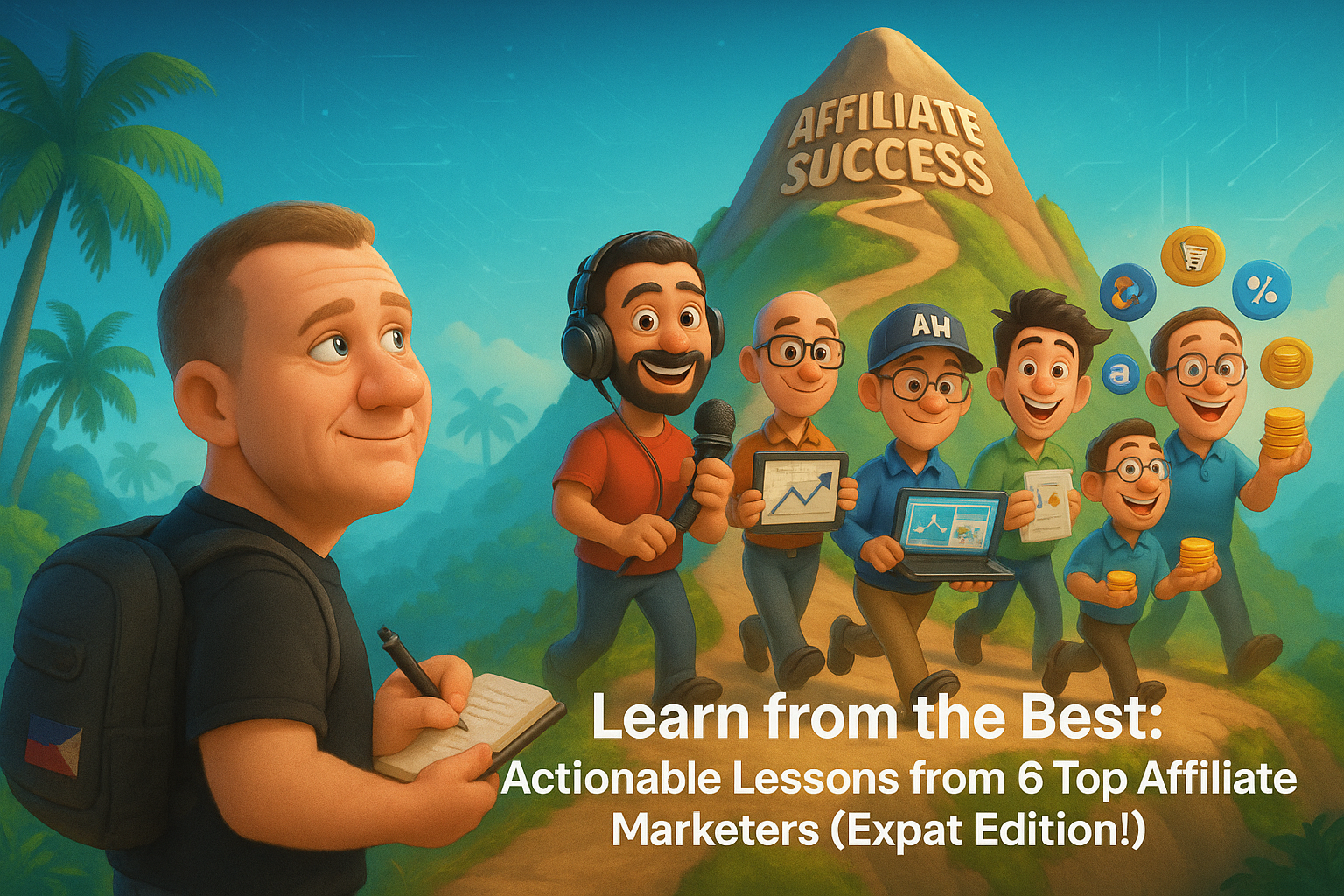

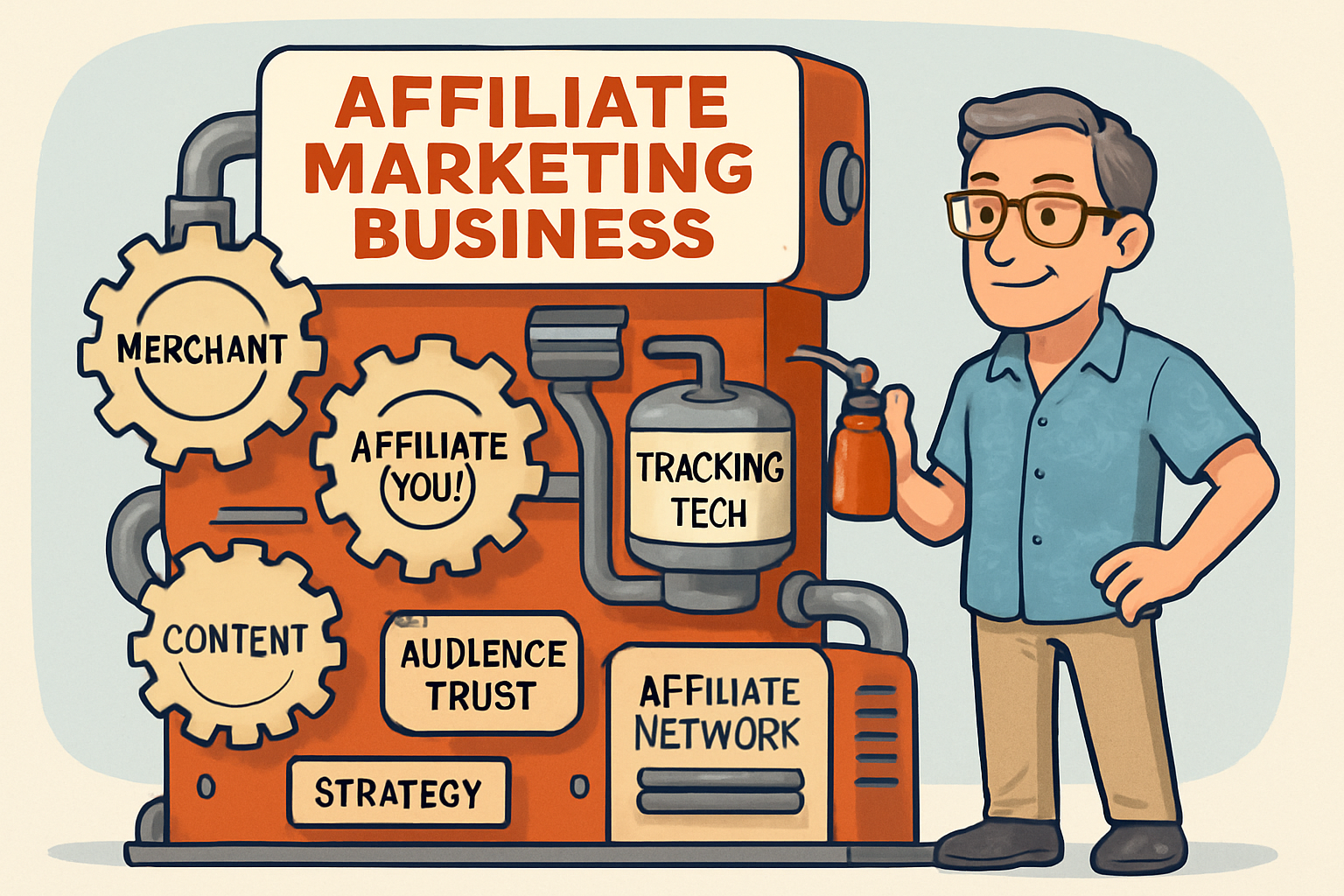





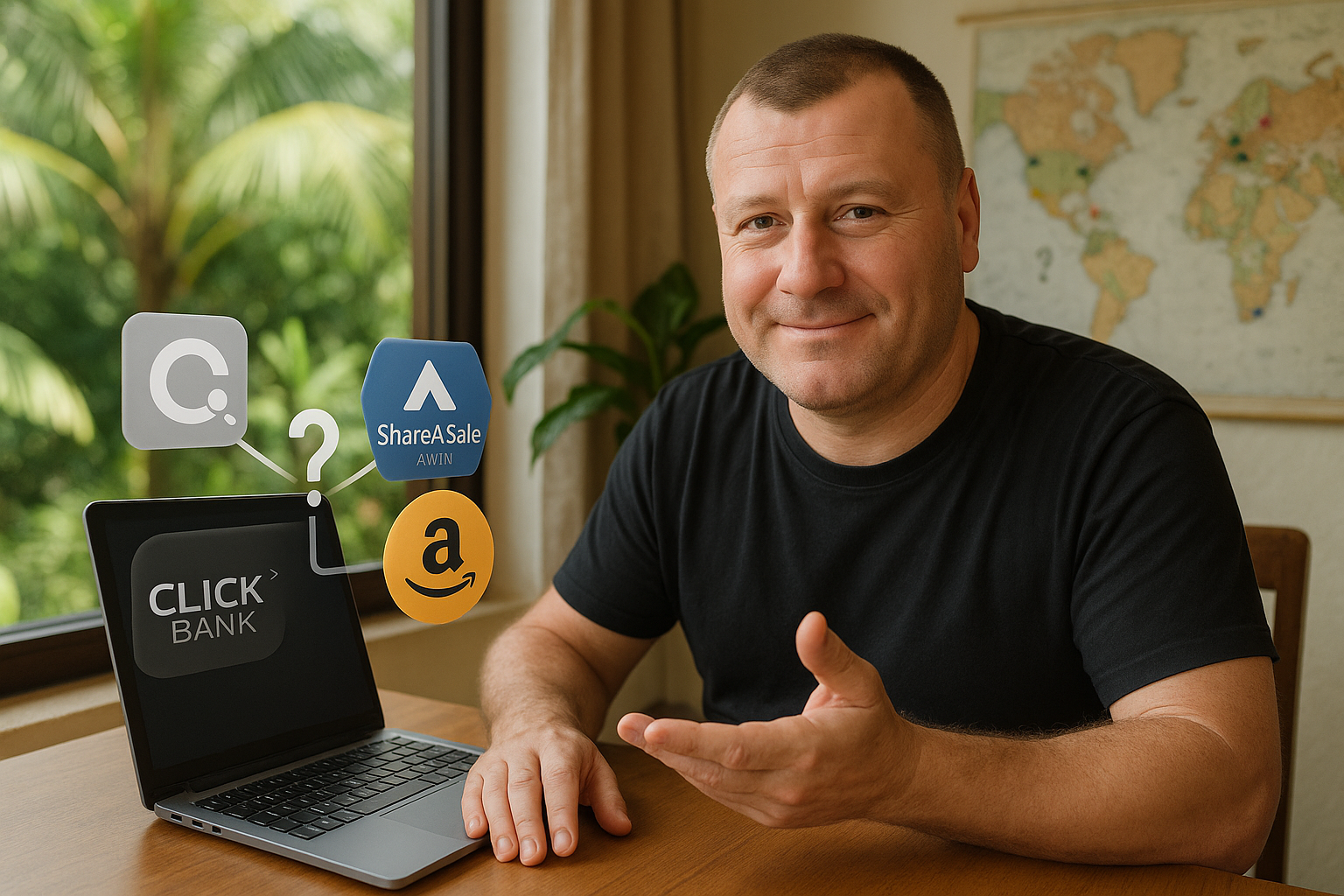
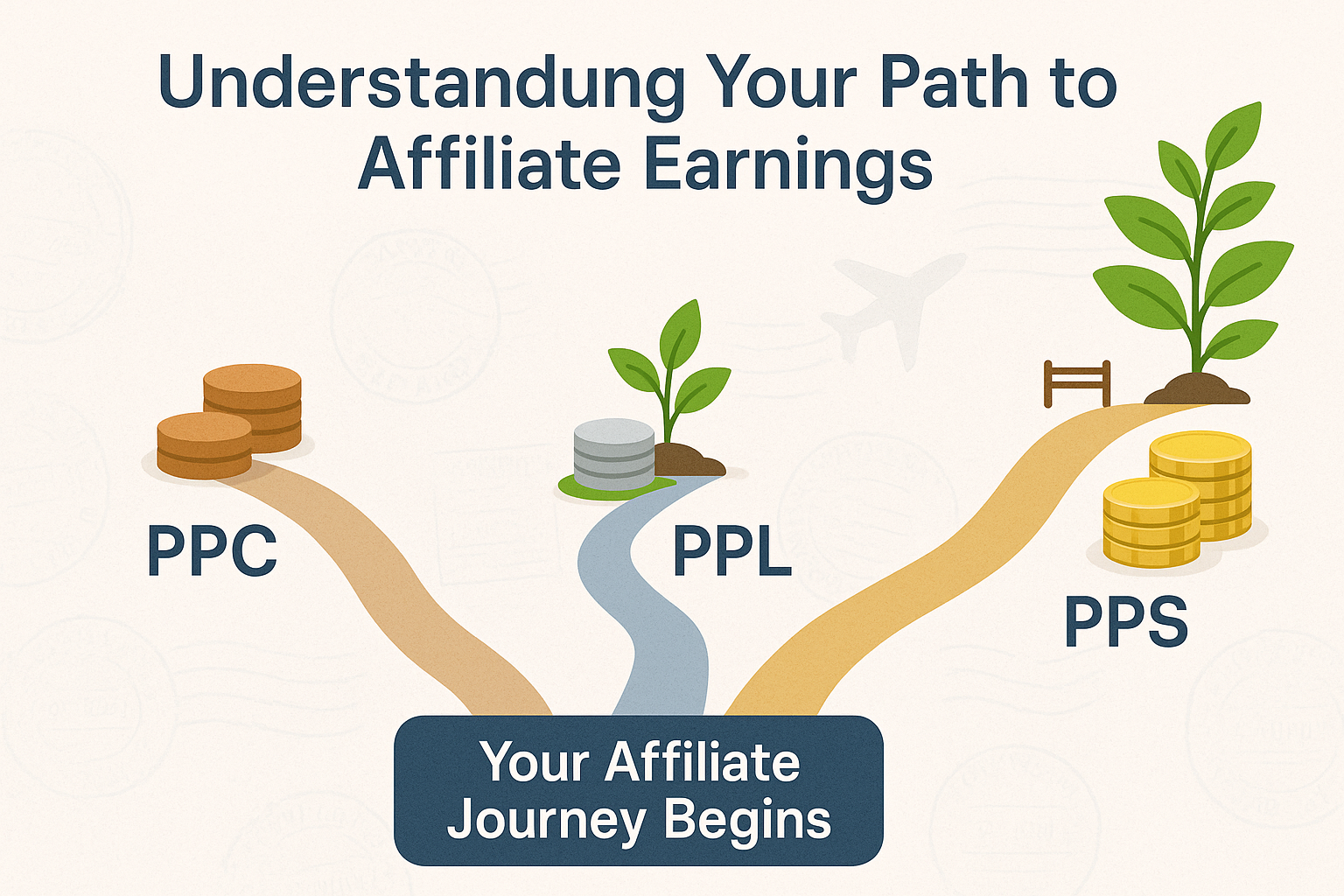
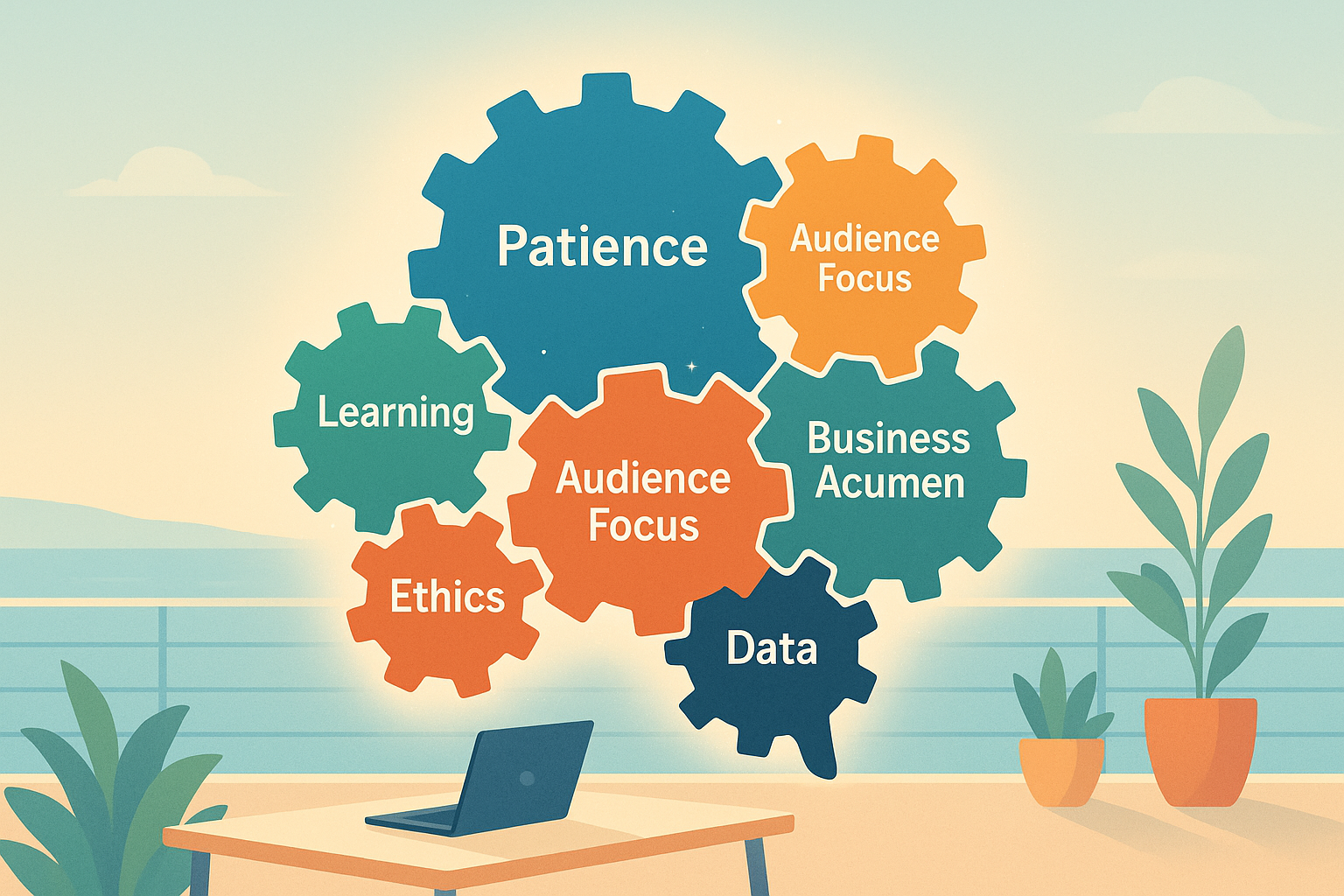
Leave a Reply